05.12.2020 – 09.02.2021
fiebach, minninger Köln
Interview ︎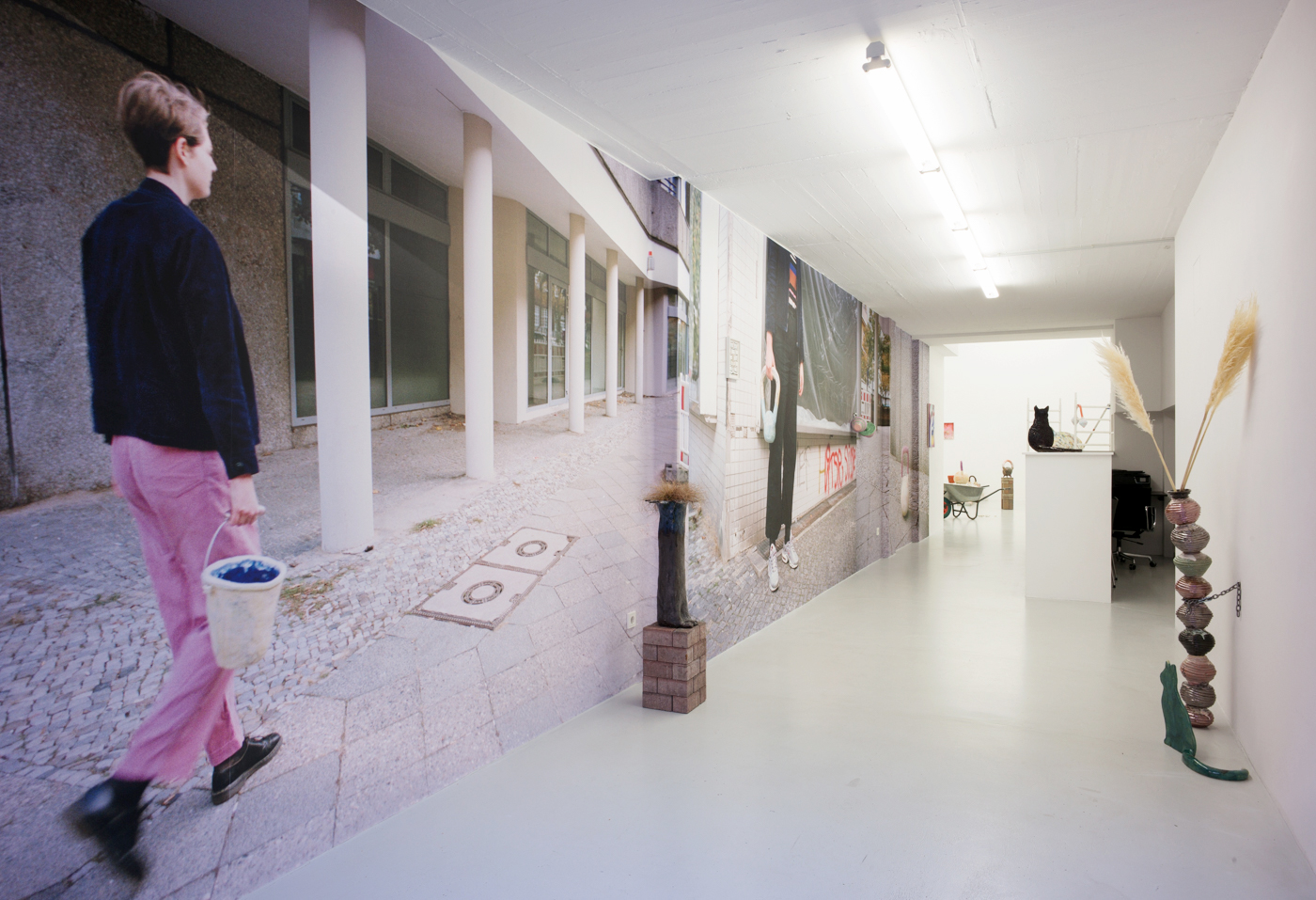

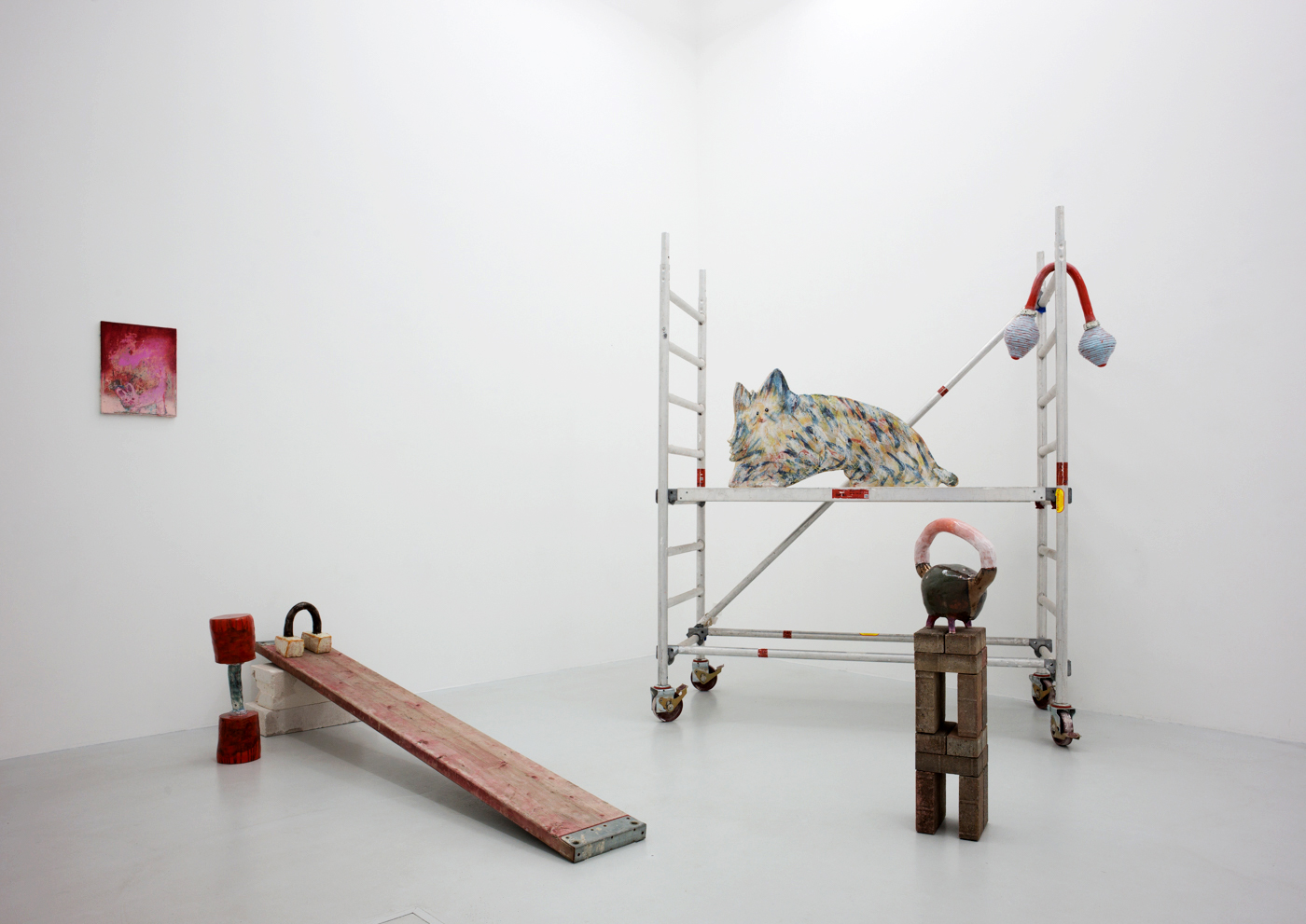


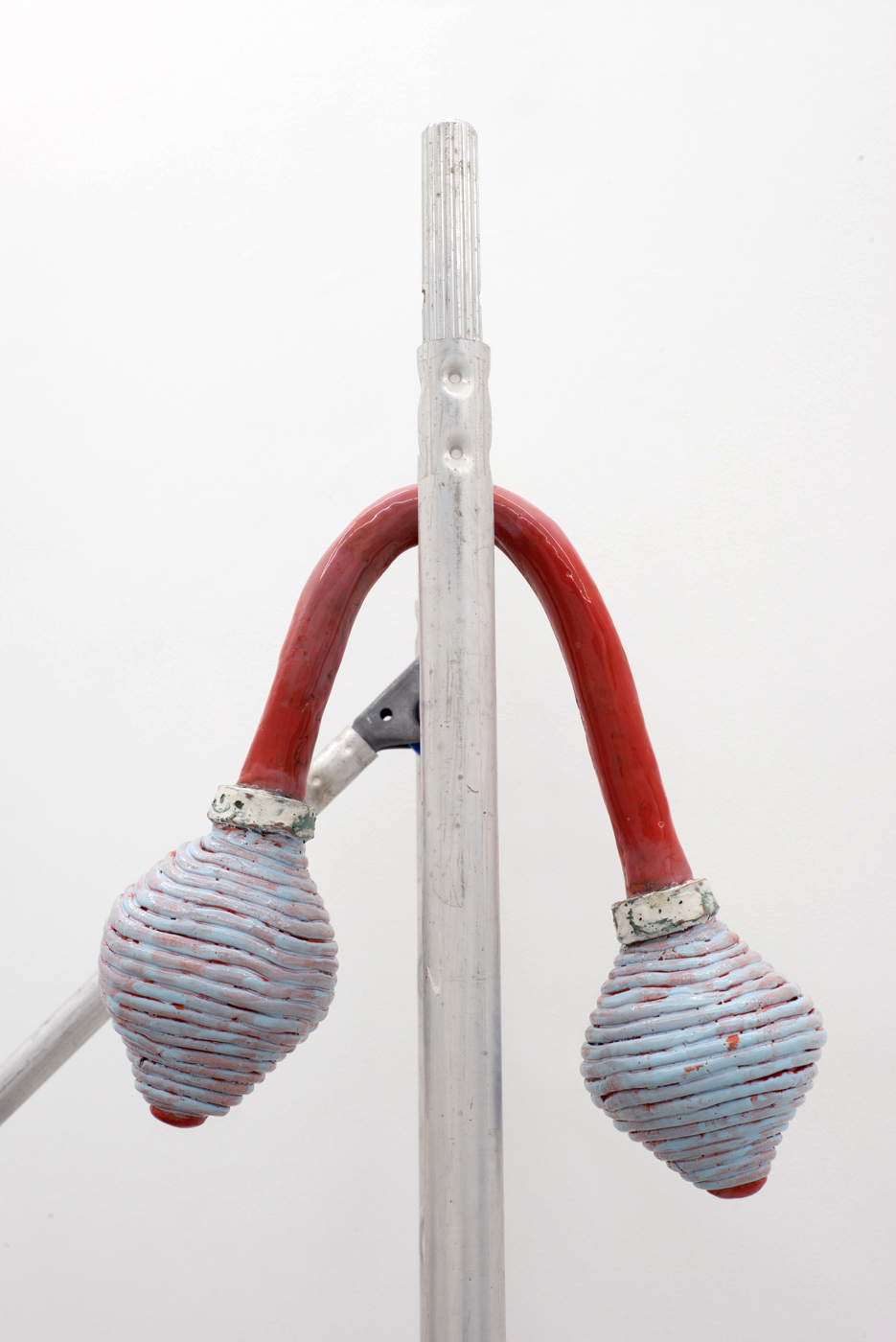



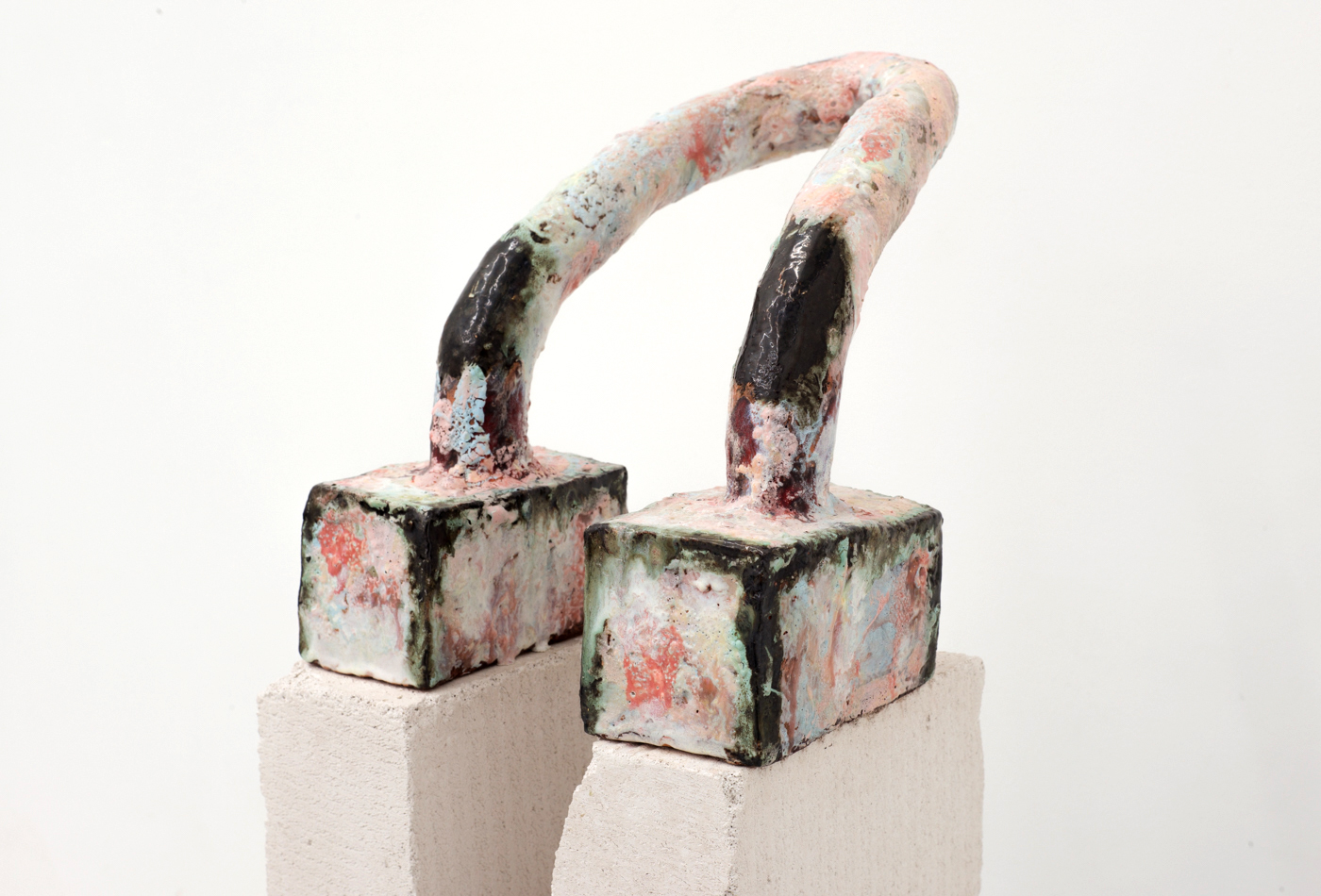



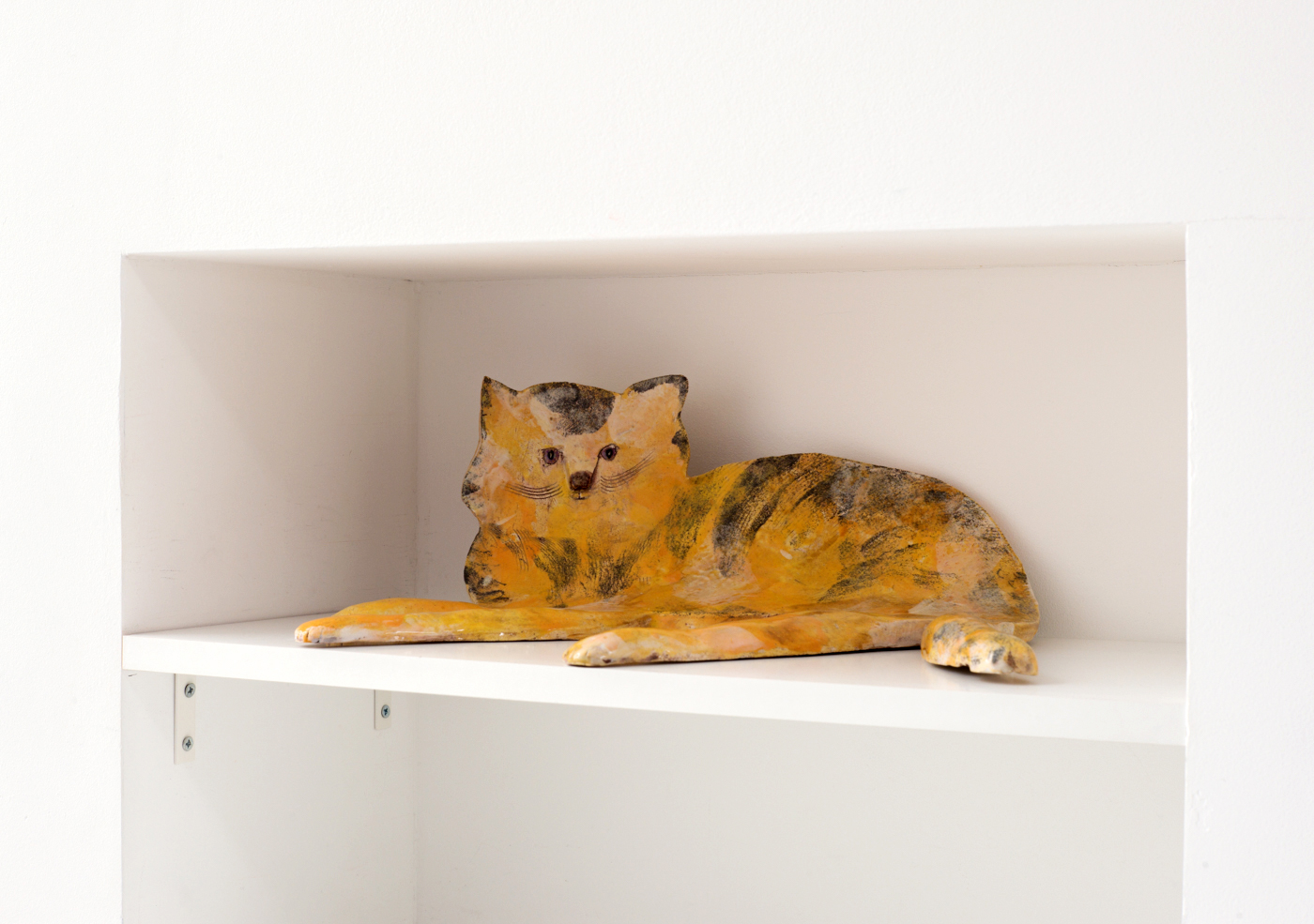

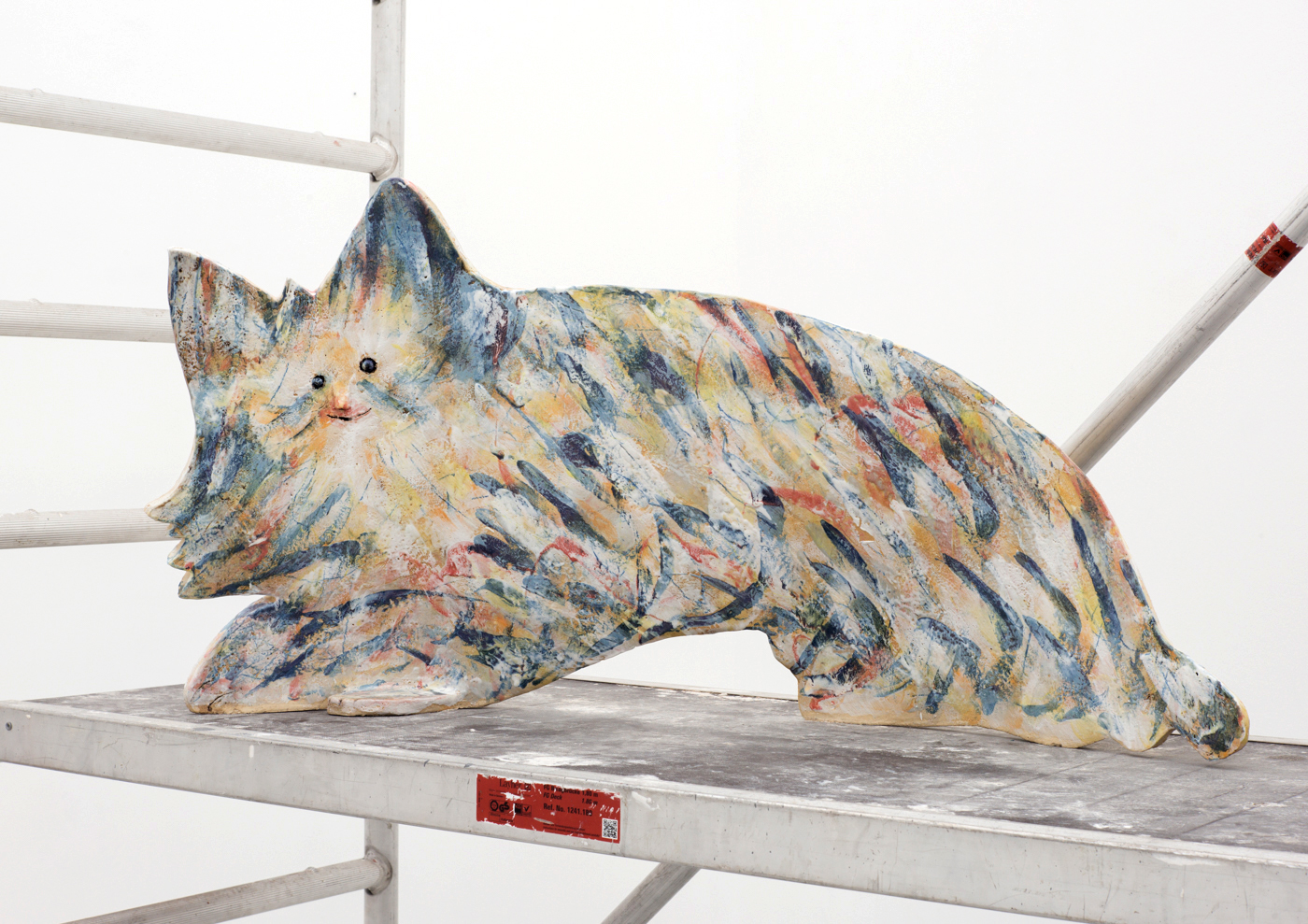
Harry Hachmeister in conversation with Luisa Schlotterbeck
The title of your exhibition Straße im Sonnenlicht (Street in Sunlight) is based on a painting by Felix Vallotton, whose painting motif shows an atmospheric depiction of a street with two small cats in the foreground. How did you come up with it?
There was already this large ceramic of a cat and I knew that it should not be left alone. So more have come and I have become curious what else there is sociologically and historically to learn about cats. Then I started to do some research and gained an art-historical overview of the cat as a motif in visual arts. Vallotton's painting appealed to me immediately; there is something warm and peaceful about it. The title of my exhibition was supposed to convey just such a positive atmosphere, which is why I adopted it for this exhibition.
Your artistic approaches and debates have always been transdisciplinary; you studied photography and are institutionally valued for your self-portraits, whereby you always exhaust or expand the medium through drawing. You have also always been working in the context of painting time and are looking for painterly solutions. For some time now, more and more ceramics have appeared. How did that happen?
It all started with photography, it was my gateway to contemporary art and the first medium with which I was able to express myself. I already started drawing and painting during my studies, also because some ideas didn't seem feasible to me photographically. I'm interested in people and bodies, sexuality, identity and intimacy and how several bodies come together. I have a strong inhibition of photographing strangers because I am not sure whether it is about them as individual persons or actually only about me or what I want to express. That's one of the reasons why I mostly take pictures of myself. Objects kept appearing in my work, often made from found materials. During my scholarship in Braunschweig (2018) I had the opportunity to work in a ceramics workshop and that opened up completely new opportunities for me, which is great. Since I am interested in bodies, it also makes sense to go three-dimensional.
In my opinion, the sculptures create an interesting game of physicality and its environment. This large ceramic cat is rather two-dimensional. It looks like a backdrop on a stage (the scaffolding) and seems to have been taken from a painting and made tangible. Your ceramics all have a strong personality or individuality, as if they had their own character. This is fascinating, as it is not only about cats, but also about dumbbells and kettlebells, i.e. weights.
Although I use diverse media in my work, they all have in common to be analog. That is definitely a decision. Making ceramics is practically rudimentary manual work. I like that. And the personality - I think that's because I spend a lot of time with them. I often touch them, grind them, polish them, I take care of them. I also knew that in the end they are objects that want to be held and touched. Ceramics just cry out to be touched, don't they? With the dumbbells, the haptic is reinforced by the handles. There are forms to grab. That's why I made this photo series on the street, with three pictures hanging here as wallpaper.
What meaning does the relationship between these bodies and their spatial situation carry for you?
I literally live with my art. It is with me. There is no such thing as a separation for me, so to be honest, I've never really thought about it. Something completely different happens in the exhibition space than at home. Often I do have difficulties planning the exact setting or positions... I always go into the space with a selection of works and then see how. That’s what’s interesting about exhibitions, they produce something new and are negotiated in a new or different way.
Change plays an important role in your work. How would you describe that?
The installations are always temporary. For example, if I have done a wall installation, I will most likely not repeat it. In this sense, an artistic work is not something that is fixed for me. I rearrange works, change titles or go back to something old and realize it in a new way. I think my work is not easy to categorize. I am interested in how things change. I am also interested in bodies when they are not quite perfect, when something is confusing or disturbing. I think that's nice. I like it when things can't be assigned so easily – when they evade the logic of the free market. As an artist, it is important to me to keep moving and to have the courage to dare to do something where I don't know for sure what will come out in the end. This risk keeps me approachable and vulnerable. I also talked about it with an artist friend of mine. He was very pragmatic on that point and said: it's great, if painting doesn't work out, then you turn to sculpture or photography. (laughs) One can see it that way.
Does the idea of the construction site also take root there?
Actually, the idea arose from this photo series I made, which can be seen here as a photographic wallpaper. It is a development from the object, to the photographs, to the installation. I put the ceramics in various places in public space had them carried around, and that's when I first noticed how well the sculptures work aesthetically there. The awareness of the content came much later, as it is often the case with me. First, I showed the ceramic dumbbells in the obvious setting of a fitness studio; that was told at some point. And then the question arose for me, where or how can these sculptures function differently? Fitness and construction sites are both places of transformation. Construction and muscle mass. Also the contrast between the dirty and the unfinished and this promising beauty, glittering, shining - I found that exciting. I've already been asked if I would see my work being quite masculine now, with the construction site and such. Like men's deodorant, fitness studios exude a certain 'masculine seriousness': they are black or gray in color and there is a lot of hard metal. I'm interested in breaking this hardship. Cats don't have that manly connotations per se, they bring in the lightness. At first I thought about making the dumbbells and weights out of plastic, but I wasn't interested in the manufacturing process and the associated environmental mess, I also experimented with paper-mache – in any case, they should be light – and then luckily I got to do ceramics. And that also fits in with the construction blocks. Actually I do not juxtapose materiality or play it off, but put it together in a different and new way.
How would you describe these sculptures as intimate?
On the one hand, they have a certain intimacy - as I said before - because I live with them for so long and – without wanting to sound esoteric – give them a soul or try to work out the soul that is inherent in them. I also understand the glazing of the ceramics as a painterly process; it's not just a layer of varnish which I use to cover shapes with. What I like about glazing is that I never know exactly what it will look like after the fire; a kind of loss of control and allowing chance. It is only important that I put a lot of love into it; that I am fully present and in the moment with the object and I do not only give it time, but also tenderness and affection.
︎
–
https://fiebach-minninger.com/exhibitions/harry-hachmeister/
Exhibition views: Martin Plüddemann
